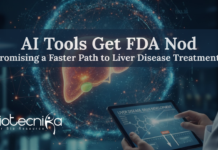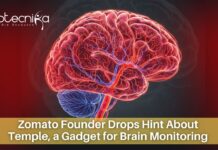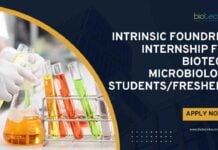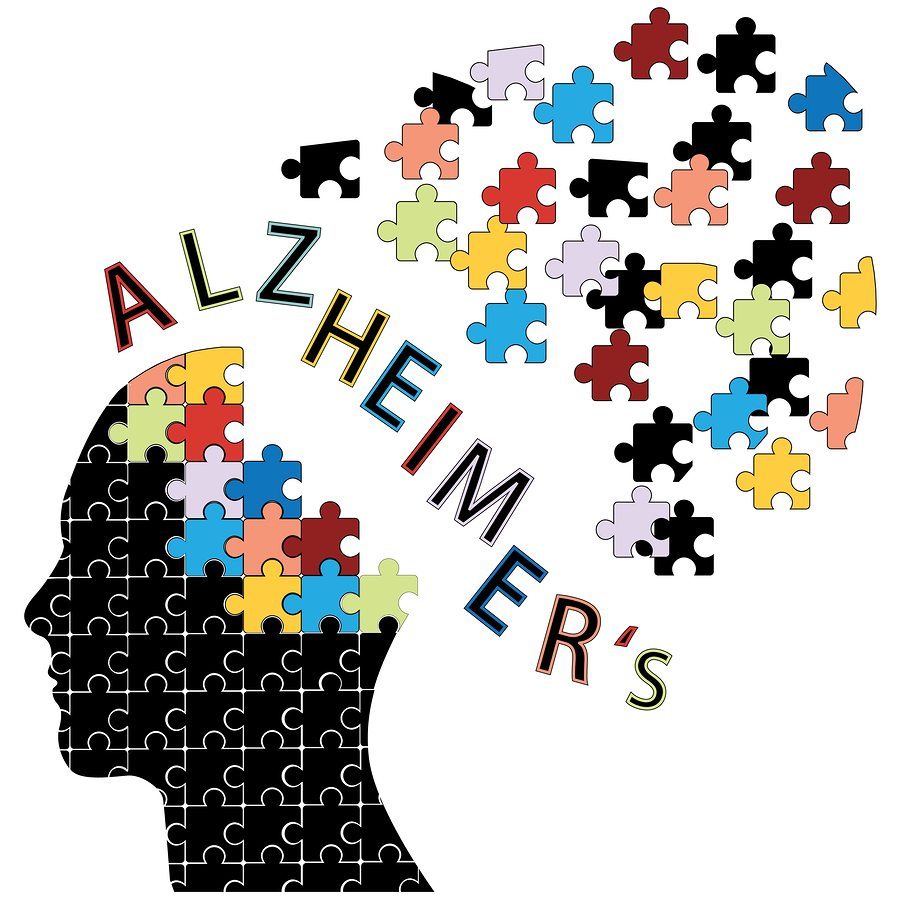Gene Variant Protective against Alzheimer’s identified
A majority of Alzheimer’s disease (AD) genetic discoveries have been made using cutting edge study designs and large international collaborations. However, despite these successes, the genetics of AD are still largely unsolved attributable to the complexity of AD genetics which underscores the importance of developing new and targeted study designs capable of identifying rare genetic variants.
Now, researchers at the Brigham Young University (BYU) report an innovative, powerful approach to identify functional variants that provide AD resilience to high-risk individuals.
“Instead of identifying genetic variants that are causing disease, we wanted to identify genetic variants that are protecting people from developing disease,” explained lead study investigator Perry Ridge, Ph.D., assistant professor of biology at BYU. “And we were able to identify a promising genetic variant.”
Their work suggests that variants in the RAB10 gene may protect against Alzheimer’s disease (AD) in individuals at heightened genetic risk of the neurodegenerative disorder.
“Our results suggest that RAB10 variants impact risk for AD and that RAB10 represents a promising therapeutic target for AD prevention,” corresponding author John Kauwe, a biology and neuroscience researcher at Brigham Young University.
That former approach to Alzheimer’s disease has been generally effective in producing a list of genes that might impact risk for the disease, but it leaves researchers without sufficient data on what to do next. In this new approach, Ridge and Kauwe develop the biological mechanism by which a genetic variant actually impacts Alzheimer’s disease.
Using data from the Utah Population Database — a 20-million-record database of the LDS Church’s genealogical records combined with historical medical records from Utah — Ridge and Kauwe first identified families that had a large number of resilient individuals: those who carried the main genetic risk factor for Alzheimer’s (E4 Allele) but remained healthy into advanced age.
Using whole genome sequencing and a linkage analysis methodology, they then looked for the DNA that those resilient individuals shared with each other that they didn’t share with loved ones who died of Alzheimer’s.
The team used linkage analyses and whole-genome sequencing to search for protective variants in more than 200 individuals with at least one copy of a risky apolipoprotein E epsilon 4 (APOE ɛ4) allele who remained free of Alzheimer’s disease and cognitively intact into their late 70s and beyond, starting with large AD-affected families from Utah. They then narrowed in on a rare variant called rs142787485 in the RAB10 gene that was overrepresented in the Alzheimer’s disease “resilient” individuals — results that were replicated in unrelated individuals.
Gene-based analyses, cell line experiments, and expression profiling on post-mortem brain samples from dozens of individuals with or without AD suggested variants dialing down RAB10 set off a chain of events that alters levels of amyloid beta 42 peptide, which has been implicated in AD. Whole-genome sequencing on 212 of the AD-resilient individuals refined the view of these sites, leading to suspicious variants in and around two genes — RAB10 and SAR1A — that are known to interact with APP, which encodes the amyloid beta precursor protein.
Notching up RAB10 in mouse neuroblastoma cells led to enhanced amyloid beta 42 in relation to the amyloid beta 40 peptide, and neuroblastoma cells with knocked down RAB10 had lower-than-usual amyloid beta 42 levels without corresponding changes in the levels of splicing of APP and its gene product.
Ridge believes the finding is potentially very important. “At present, there’s nothing we can do for people with Alzheimer’s. We can’t cure it or really slow down the progression. When someone gets it, that person is going to eventually die from it unless they die first from something else related to old age,” he said.
If the finding holds, preventive therapy is still a long way off, because converting science to treatment is a slow process, Kauwe said. But he’s hopeful.
“The bright side is we are starting to feel like we have most of the pieces and are making progress,” Kauwe said of Alzheimer’s research in general. “A decade ago, it was like we were staring at a puzzle thinking, ‘Surely we’re missing something.’ We couldn’t really start. Now we have a table full of the pieces and are getting more confident we will be able to piece it together.”
Alzheimer’s is especially devastating because it steals one’s mind, said Ridge. Our mind is “what makes us human, how we connect to the world and to other people,” he said. “Even with other terrible diseases that kill us, we still usually are able to connect and communicate.“























